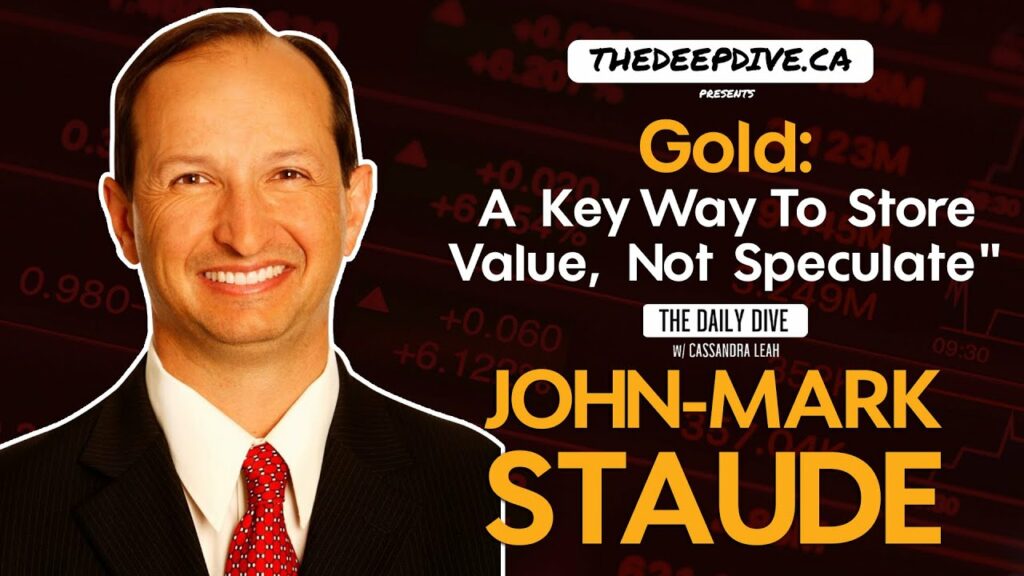MicroStrategy (NASDAQ: MSTR), once a prominent software company of the dot-com era, has become synonymous with Bitcoin investment. Under the leadership of its outspoken co-founder and executive chairman, Michael Saylor, the firm has transformed into a Bitcoin proxy, amassing vast reserves of the cryptocurrency. While this strategy has led to soaring stock prices during Bitcoin rallies, it has also raised questions about the sustainability of its debt-laden approach.
Since 2020, MicroStrategy has acquired 444,262 BTC at an average purchase price of $62,257 per Bitcoin, spending $27.7 billion, which was raised primarily through convertible debt. As of now, the company’s Bitcoin holdings are worth approximately $42.2 billion, with significant unrealized gains tied to Bitcoin’s fluctuating market price.
Saylor has consistently defended the strategy, emphasizing his long-term vision. In a recent interview, Saylor argued that the company’s convertible debt structure is resilient, even under extreme scenarios.
“People think it’s debt. It’s convertible debt. It’s unsecured. No recourse,” Saylor explained. “Bitcoin could go from $100,000 to $1,000, and the debt’s not getting called. There is no recourse. It’s like someone loans you billions of dollars, and you agree that in five years, you’ll pay them back in cash or stock.”
This is so stupid. MSTR can’t repay its convertible debt with its cash or cash flow.
— Novacula Occami (@OccamiCrypto) December 25, 2024
If BTC goes to $1k as the headline proclaims, MSTR can only repay the debt by selling more shares or its BTC – basically downward spiral to bankruptcy if BTC were that low.
MSTR is a… https://t.co/Gkpu3F8zyj
MicroStrategy’s reliance on convertible debt—unsecured bonds that can be converted into equity—has raised eyebrows. Critics argue that the company’s financial stability hinges on Bitcoin maintaining its value. If Bitcoin’s price plummets, MicroStrategy may be forced to issue additional shares to repay its debt, potentially diluting shareholders’ equity.
Prominent financial commentator Novacula Occami posted: “MSTR can’t repay its convertible debt with its cash or cash flow. If BTC goes to $1k, MSTR can only repay the debt by selling more shares or its BTC—basically a downward spiral to bankruptcy if BTC were that low. Shareholders are paying a 100% markup on the BTC they effectively own.”
Occami’s skepticism underscores a broader concern: MicroStrategy’s debt structure amplifies risks for equity holders, making the stock a high-stakes bet on Bitcoin’s success.
Not everyone shares this pessimistic outlook. Anthony Scaramucci, founder of SkyBridge Capital, remains a staunch supporter of MicroStrategy’s Bitcoin strategy. Speaking to Benzinga, Scaramucci praised Saylor’s long-term approach.
“People think if Bitcoin crashes, he is going to implode. But if you study his balance sheet, he has rolling long-term debt. You’d have to have a systemic collapse in Bitcoin lasting six or seven years to flash him out,” he explained.
Scaramucci also dismissed the notion that MicroStrategy would be forced into a fire sale of its Bitcoin holdings. “The narrative of him being forced to sell hundreds of thousands of tokens into the market is a forced narrative,” he said.
The duality of MicroStrategy’s strategy is clear: while the firm reaps immense rewards during Bitcoin rallies—its stock has surged over 380% year to date—it is equally exposed to downside risk during market corrections. Recent weeks have exemplified this volatility, with MSTR shares dropping nearly 15% over the last month.
MicroStrategy’s recent purchase of 5,262 BTC for $561 million ($106,000 per BTC) further highlights its unwavering commitment to the cryptocurrency. However, these acquisitions continue to be funded through mechanisms that critics liken to financial brinkmanship.
Bitcoin’s broader market environment adds another layer of complexity. After peaking at over $108,000 earlier this year, the cryptocurrency has faced headwinds amid macroeconomic uncertainties and evolving regulatory landscapes. Analysts, including Scaramucci, have noted the possibility of further corrections.
“Could we see a 30% to 40% correction in crypto next year? Absolutely. But over the long term, I believe Bitcoin could reach a market cap of $18 trillion,” Scaramucci observed.
This optimism is shared by Bitcoin advocates who argue that regulatory clarity and the proliferation of Bitcoin-focused ETFs will bolster long-term demand.
Information for this briefing was found via Blockhead and the sources mentioned. The author has no securities or affiliations related to this organization. Not a recommendation to buy or sell. Always do additional research and consult a professional before purchasing a security. The author holds no licenses.









